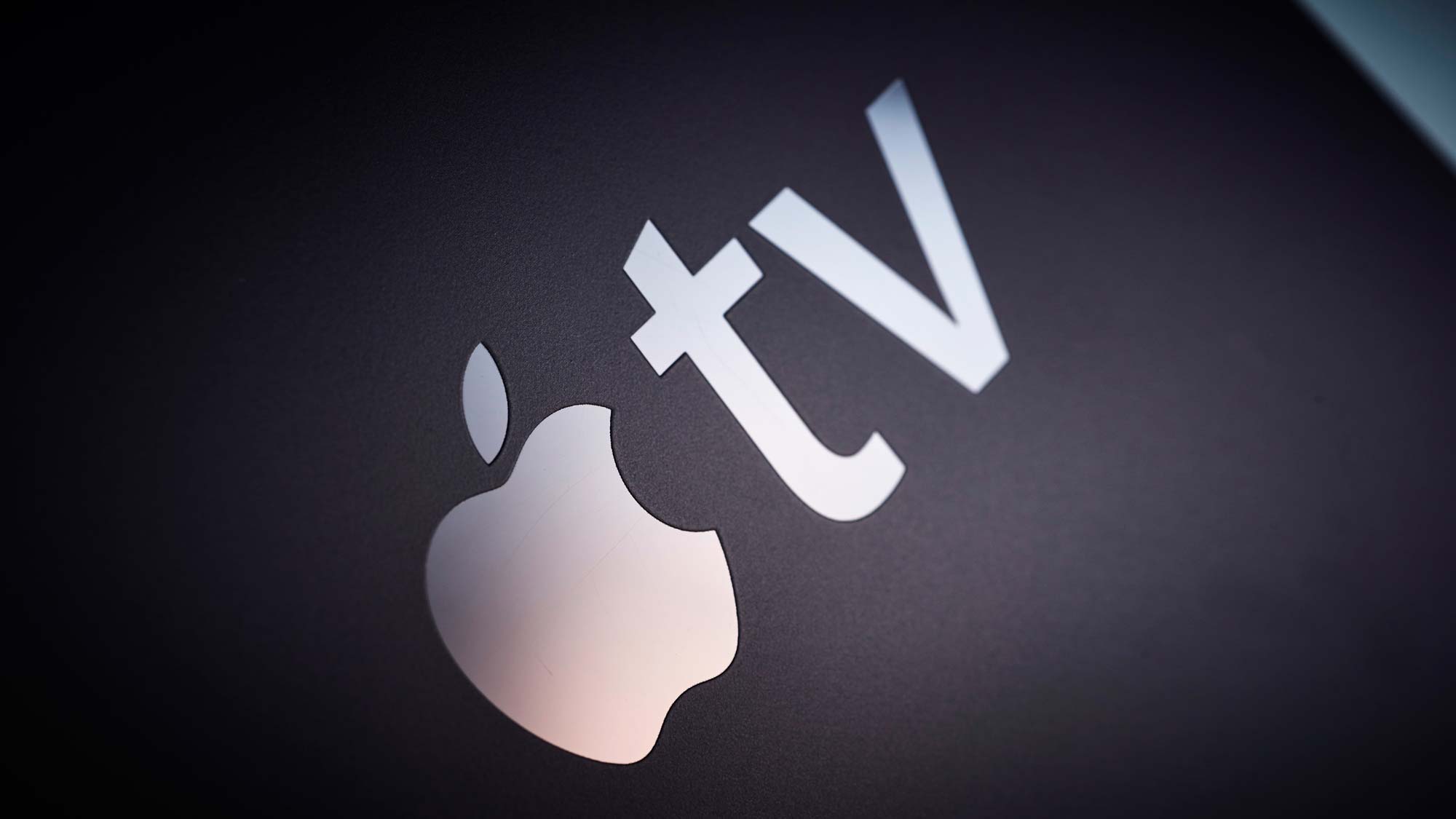NBN speed promises are finally being met, according to new ACCC report
Regional broadband speeds are improving too

Australia’s consumer watchdog, the Australian Competition and Consumer Commission (ACCC), has released its latest Measuring Broadband report, and there’s lots of positive news regarding the current state of broadband and NBN services nationwide.
The ACCC’s Measuring Broadband report is released each quarter and monitors all manner of metrics, including download speed, upload speed, network outages and latency across NBN fixed-line and fixed-wireless networks, as well as private fibre networks from the likes of Opticomm and LBN Co.
From this latest report, published on June 29, 2023 and using data correct as of March 2023, the main takeaways are that the majority of fixed-line NBN providers deliver when it comes to advertised plan speeds, and the second being that fixed-wireless networks in regional Australia have seen vast improvements.
Customers get what they pay for

One of the most insightful findings of the ACCC’s Measuring Broadband reports is the average download performance by retail service providers (RSPs). In the latest report, 10 NBN providers were monitored during the first quarter of 2023. In previous reports there were 11, as MyRepublic was included. However, the telco exited the Australian market just before the end of 2022.
The ACCC expresses the average download performance of each RSP as a percentage of its advertised plan speed, during all hours of the day and also during the busy hours of the day, which have been identified as 7pm to 11pm. As has been the case in previous reports, and is still the case with this one, it's the smaller NBN providers that come out on top.
Tasmanian-based telco Launtel was the clear winner, recording 105.2% of advertised plan speeds across all hours and 103.3% of speeds during the busy hours. Exetel came in a close second, recording 104.8% and 103.5% across the same respective periods. These figures indicate that if you were to sign up with either, you can expect to achieve the advertised speeds of your plan, and potentially exceed them.
Optus, one of Australia’s largest telecommunications providers, had a good showing, delivering 101.4% of advertised speeds during all hours and 100.1% during the busier evening hours. All three providers mentioned so far improved upon their performance in the previous report, which used data from Q4 2022.
Get instant access to breaking news, the hottest reviews, great deals and helpful tips.
While not all the NBN providers monitored were able to reach 100% of advertised plan speeds — such providers include Aussie Broadband, Superloop and TPG — they all came tantalisingly close, to a point that would likely make little difference in reality.
What’s particularly pleasing about the ACCC’s findings, is that customers are indeed getting the service that they’re paying for and that they expect. Not only is this important in relation to the cost of living crisis, but the findings also highlight the fact you can get just as good a service, if not better, from a smaller and more affordable provider.
Regional broadband no longer left in the dust

Not all of us in Australia have the luxury of a stable fixed-line connection. Some have to rely on fixed-wireless broadband services to get connected, with the majority of these being in more rural parts of the country.
Typically, fixed-wireless services don’t perform as well as fixed-line, due to less robust infrastructure and interference affecting the strength of the wireless signals. However, the ACCC’s latest findings reveal things are improving in the fixed-wireless space.
During the monitoring period, the ACCC found NBN fixed wireless services (a combination of both 25/5 Mbps plans and 50/10 Mbps Plus plans) achieved an average download performance of 109.9% during all hours. This did drop to 86.2% during the busy hours, which in this instance is identified as simply Monday to Friday. Both figures represent an improvement over the previous report, which were 109.2% and 84.7%, respectively.
While this incremental improvement over the previous quarter is good, the ACCC did also highlight just how much the fixed wireless NBN service has improved in the past year. In particular, 72% of customers on the Fixed Wireless Plus plan — with theoretical maximum download speeds of 50Mbps — achieved average speeds above 50Mbps in March 2023. In February 2022, just 37% achieved the same.
ACCC Commissioner Anna Brakey said of the improvements, “We have previously called out the underperformance of fixed wireless plans, so it is encouraging to see that more people are experiencing faster speeds.”
NBN fixed wireless customers can potentially expect further improvements to their service within the next few years, as NBN Co announced in March that it would be installing new fixed wireless towers that would take advantage of the 5G mmWave frequency. The upgrades should usher in faster download speeds of up to 325Mbps — putting it on par with some of the best NBN plans — a stark contrast to the current maximum of 75Mbps.

Max is a digital content writer for Tom’s Guide in Australia, where he covers all things internet-related, including NBN and the emerging alternatives, along with audio and visual products such as headphones and TVs. Max started his career in his homeland of England, where he spent time working for What Hi-Fi? and Pocket-lint, before moving to Australia in 2018.
